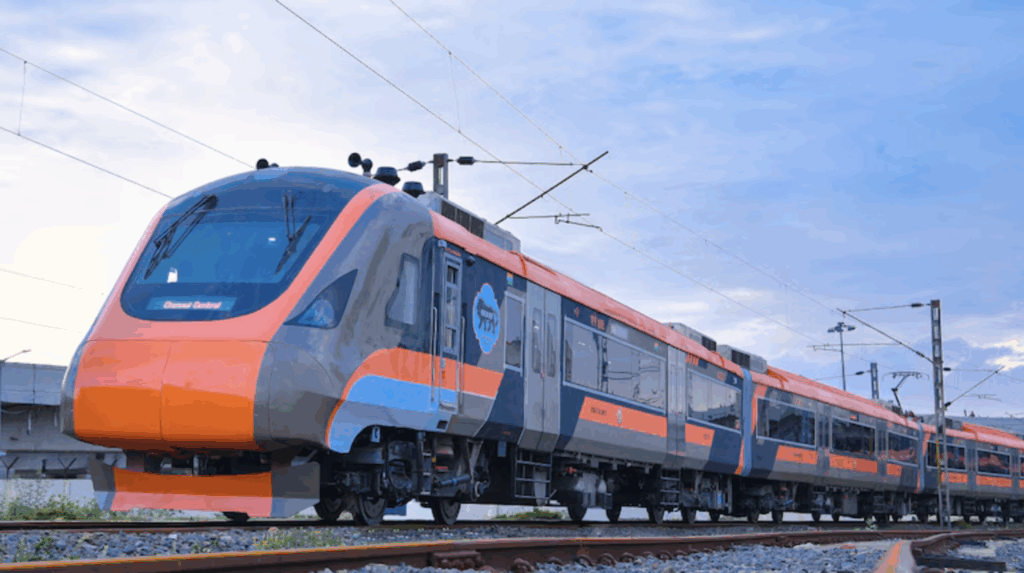In a significant development for regional mobility, the Public Investment Board (PIB) has approved two new Namo Bharat (RRTS) corridors linking Delhi to Gurgaon, Rewari, Sonipat, Panipat, and Karnal. Estimated at a combined cost of ₹65,000 crore, these high-speed rapid rail routes now await final approval from the Union Cabinet before construction begins.

Resolving Long-Standing Delays
The proposals had previously stalled due to disagreements over funding contributions between the Centre and Delhi’s former AAP government. With the PIB’s clearance, the long-pending projects have now gained momentum, marking an important step towards improving travel efficiency across the National Capital Region (NCR). The approval aligns with the Centre’s renewed push for seamless connectivity within one of India’s busiest urban clusters.
Project Breakdown and Costs
According to the Ministry of Housing and Urban Affairs, the 93-km Sarai Kale Khan–Bawal corridor is projected to cost ₹32,000 crore. The second corridor, running 136 km between Sarai Kale Khan and Karnal, is estimated at ₹33,000 crore. The PIB has also advised Delhi and Haryana to explore value capture financing (VCF), a model that leverages rising land values around transport corridors to fund infrastructure projects.
Route Details: Delhi to Bawal
The Delhi–Bawal RRTS corridor begins at Sarai Kale Khan and moves through key industrial zones in south Haryana, including Manesar and Bawal. Phase one (Delhi to SNB Urban Complex) spans around 107 km with 16 stations, running largely along the NH-8 alignment. Once fully extended, the route is expected to feature about 22 stations.
Route Details: Delhi to Karnal
The second corridor also originates from Sarai Kale Khan, extending northward via Sonipat and Panipat before terminating at Karnal. The 136.3 km alignment has been divided into three sections for tendering: Sarai Kale Khan–Alipur, Alipur–Samalkha, and Samalkha–Karnal New ISBT. With the detailed project report already prepared, this corridor is closer to on-ground progress.
Transit-Oriented Development Push
The Centre has urged participating states to adopt transit-oriented development (TOD) and establish Urban Metropolitan Transport Authorities (UMTAs). These measures aim to integrate urban planning with high-capacity transit systems, ensuring sustainable, compact, and efficiently connected growth along the corridors.
A Future-Ready NCR
With PM Narendra Modi emphasizing unified governance across NCR for smoother development, the RRTS expansion is poised to transform regional mobility. Once operational, these corridors will ease traffic congestion, reduce travel time, and strengthen connectivity between major residential and industrial hubs—reshaping the NCR’s mobility landscape for decades to come.

